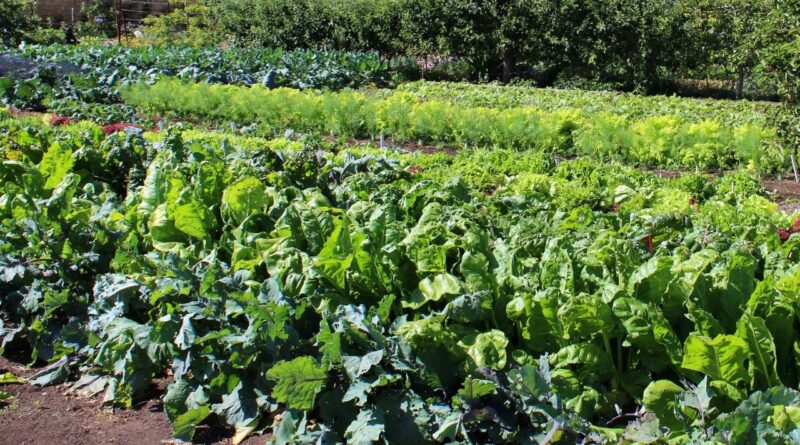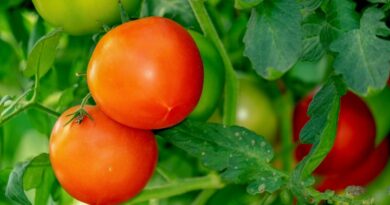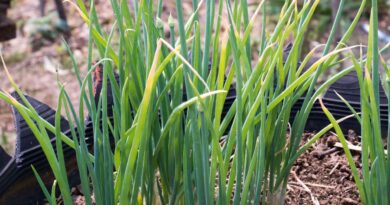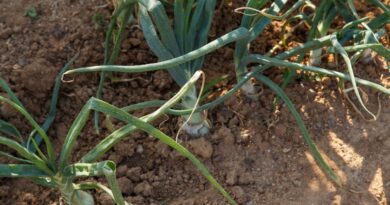How to grow Swisschard / Spinach
Swisschard (Spinacia oleracea) is a tender-leaved herbaceous annual plant in the family Amaranthaceae, grown for its leaves, which are used as a vegetable. In Kenya, we refer to this plant as Spinach.
The spinach plant has simple leaves which stem from the center of the plant. They grow in a rosette and can appear crinkled or flat.It also produces small yellow-green flowers which produce small fruit clusters containing seeds.Spinach is a fast-growing annual crop and survives only one growing season reaching 30 cm in height.
It is eaten cooked as a vegetable and contains both large amounts of iron, calcium, and other essential vitamins and minerals.
Sowing Method: Spinach can be grown both in the field and containers
Sowing Depth: Plant the seedlings in the beds. This should be done at the same depth they were previously growing at while in the nursery. They should be spaced at 12-15 inches between rows and 5 inches between the plants. This gives room for the leaves to reach full size.
Temperatures: ranges between 4-16°C. However, it can withstand temperatures as low as -7C.
Soil type :grows best in a well-draining loamy soil.
Soil PH: Optimum pH of between 6.4 and 7. It is sensitive to acidic soil and if the pH is too high, adding HUMIPOWER is recommended
Germination Period:Seeds germinate within 5-7 days
Transplanting Period:Seedlings are ready for transplanting after 4-5 weeks, when with 3-4 leaves. This however depends on the ecological factors in the region, e.g. temperature.Transplanting should be done on a cloudy day or late in the evening when the sun is cool.
Feeding:Spinach can produce leaves in the average soil, but it will thrive in nutrient-rich soil.Spinach is a leafy vegetable and we grow it in order to collect its leaves. As a result, in most cases, farmers may apply N and P during different stages of plant growth in order to maximize the total leaf surface.In the case of organic production, we may use organic fertilizer rich in nitrogen. Organic fertilizer application can take place once or twice while spinach plants are still growing. We may also use compost manure mixed with other sources (such as fish emulsions etc.). In most cases, organic manure helps in weed control and soil moisture conservation during the summer months. It is crucial that any type of manure doesn’t come in touch with the young plants, otherwise, we may have problems. After applying fertilizers, it is suggested to irrigate our crops.
Pollination:Spinach is wind pollinated and growers interested in saving seed need to bear this in mind when planting their crops. Spinach will cross pollinate across varieties, however, it will not cross-pollinate with other members of the Beet family (including beets and chard).
Sun / Shade:Although it prefers full sun, spinach can still produce significantly in partial shade. In hot weather, seeds germinate slowly or may fail to germinate completely. Heat also causes the plants to bolt (go to seed) quickly, ruining the flavor of the crop.
Water: Watering should be done regularly because spinach requires high levels of moisture.Experienced farmers claim that keeping the soil constantly moist helps plant in two ways. On the one hand, the plant will be able to absorb the necessary water. On the other hand, this will keep soil temperature low, resulting in better spinach growth.
Amount of Days Before Harvest:Time to harvest depends on whether we grow Spinach for Fresh or Processed Market. In most cases, spinach plants for the fresh market are harvested in one cut about 38-55 days after seeding.Don’t wait too long to harvest, or wait for larger leaves as bitterness sets in quickly after maturity.Harvesting should be done regularly, however, 3-4 weeks of re-growth are required before a second harvest. Older and yellowing leaves should be avoided when making the harvest cut.
Spinach should be uniformly green, fully turgid, fairly clean, and free from damage.
Harvesting and Storage:Spinach leaves are ready for harvesting as soon as they reach the desired size.The whole plant can be harvested at once (as a bunch), or individual leaves may be picked off plants one layer at a time.Picking only the outer (older) leaves allows the center/young ones to grow larger and this makes the plant to keep producing. It also gives the advantage of briefly delaying bolting.For bunched spinach, roots should be trimmed short to grade standards and petioles should be predominantly shorter than the leaf blade.Spinach is highly perishable and will not maintain good quality for more than 2 weeks. Wilting, yellowing of leaves, and decay are likely to increase following storage beyond 10-14 days.Leaves can be refrigerated for about a week or the stems placed in fresh water in order to keep them fresh.
Common Challenges:
Pests and Diseases
Unfortunately, spinach plants are often attacked by pests and they often suffer from diseases. Knowing our local crop enemies is essential in order to form an environmentally friendly approach and face them. Before taking action, farmers may consult a local licensed professional for proper control of spinach pests and diseases.
Pests
Aphids; Aphids are normally the most common enemy of spinach plants. Adults and nymphs feed on plant juices. As a result, we end up with a product that cannot be marketed.
Leaf miners; They mostly feed on the leaves.
Slugs and snails; they both appear very often in soggy soil and attack the leaves. They can even eat the whole plant if we don’t face them properly.
Diseases
Mosaic virus; this virus can infect about 150 different types of vegetables and plants. We can identify it by the discoloration of the leaves. The infected leaves turn to have yellow and white spots. The plant stops growing in size and slowly dies.
Downy mildew; It is a disease caused by the pathogen Peronospora farinosa. We can identify it by looking at the leaves. They appear to curl and have mold and black strains.
Spinach blight; this virus infects leaves. Infected leaves stop growing in size and have yellow to brown color.
Pest and Disease Control
The best way to control pests and diseases is always prevention rather than intervention. Spinach growers shall take into consideration the following measures:
- The use of certified seeds is suggested. In most cases, farmers shall select hybrids that have resistance to bolting and Downy Mildew.
- Low germination of seeds or improper seeding rate will accelerate the negative effects of pests and diseases.
- Inadequate fertilization and/or Irrigation will accelerate negative effects.
- Chemical control measures are allowed only after consulting a local licensed agronomist.
- Crop rotation can be applied in order to control some diseases.




